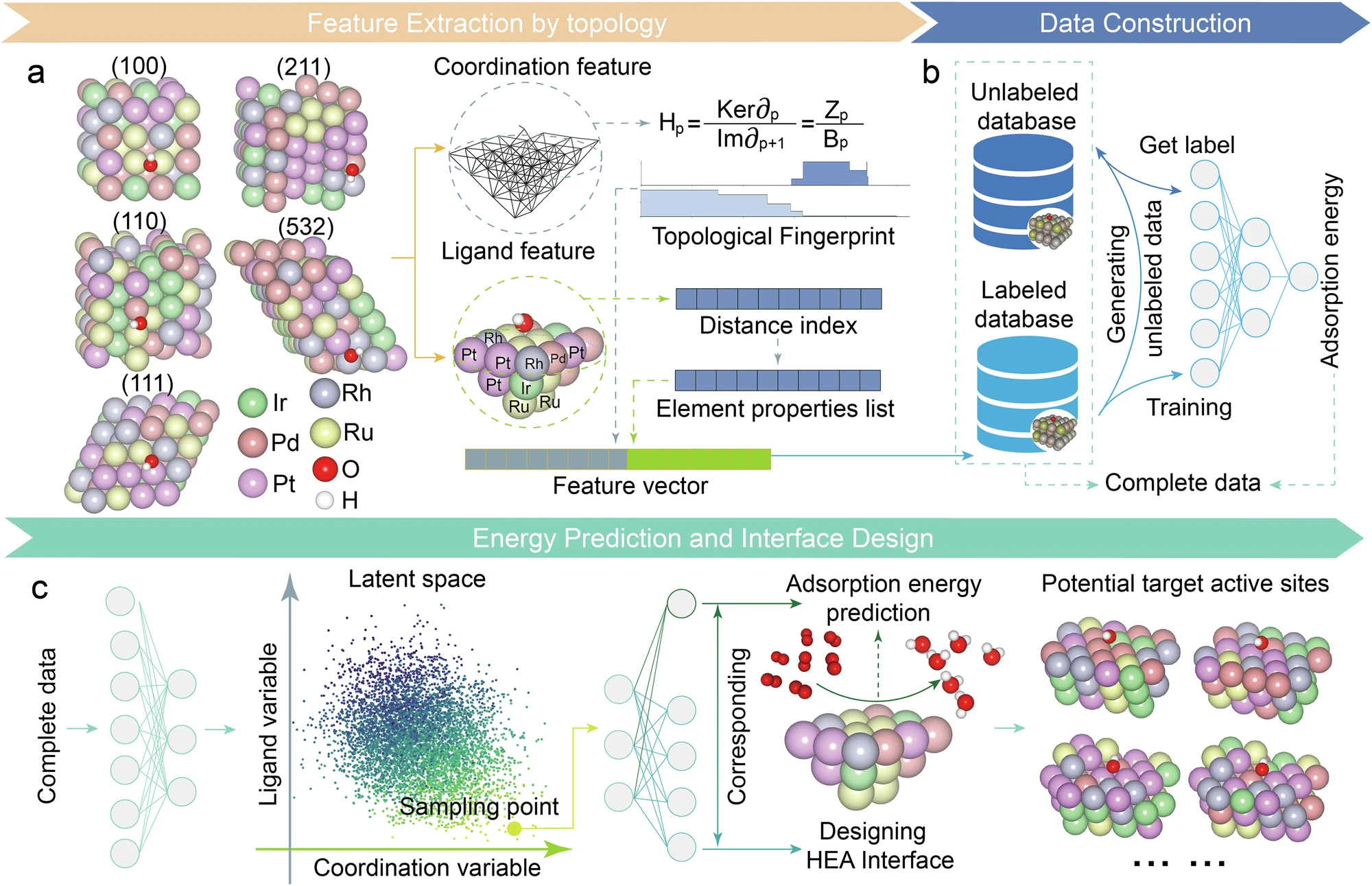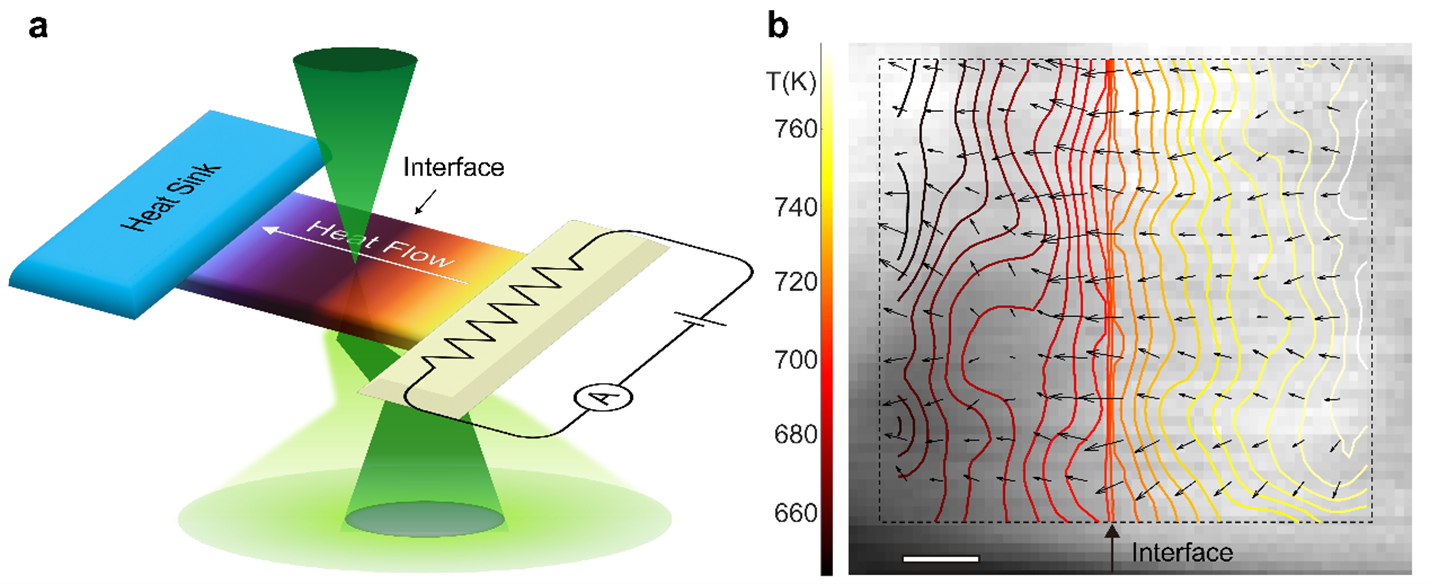2025-06-18 北京大学(PKU)
 PGH-VAEs Framework for Inverse Catalytic Site Design.
PGH-VAEs Framework for Inverse Catalytic Site Design.
<関連情報>
- https://newsen.pku.edu.cn/news_events/news/research/15003.html
- https://www.nature.com/articles/s41524-025-01649-8
解釈可能なトポロジーに基づく深層生成モデルによる触媒活性部位の逆設計 Inverse design of catalytic active sites via interpretable topology-based deep generative models
Bingxu Wang,Shisheng Zheng,Jie Wu,Jingyan Li & Feng Pan
npj Computational Materials Published:24 May 2025
DOI:https://doi.org/10.1038/s41524-025-01649-8
Abstract
The rational design of catalyst structures tailored to target performance is an ambitious and profoundly impactful goal. Key challenges include achieving refined representations of the three-dimensional structure of active sites and imbuing models with robust physical interpretability. Herein, we developed a topology-based variational autoencoder framework (PGH-VAEs) to enable the interpretable inverse design of catalytic active sites. Leveraging high-entropy alloys as a case, we demonstrate that persistent GLMY homology, an advanced topological algebraic analysis tool, enables the quantification of three-dimensional structural sensitivity and establishes correlations with adsorption properties. The multi-channel PGH-VAEs illustrate how coordination and ligand effects shape the latent space and influence the adsorption energies. Building on the inverse design results from PGH-VAEs, the strategies to optimize the composition and facet structures to maximize the proportion of optimal active sites are proposed. This interpretable inverse design framework can be extended to diverse systems, paving the way for AI-driven catalyst design.



